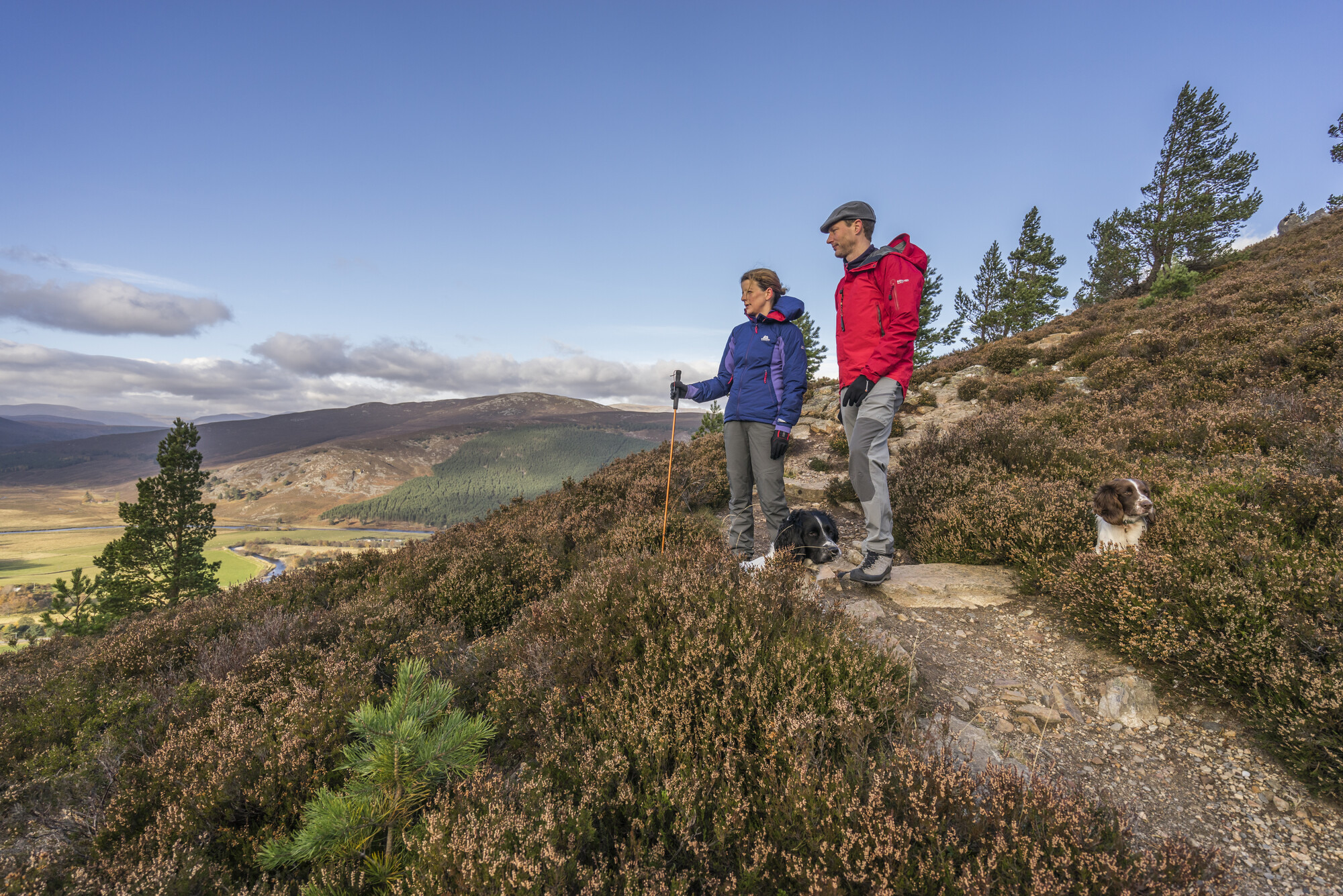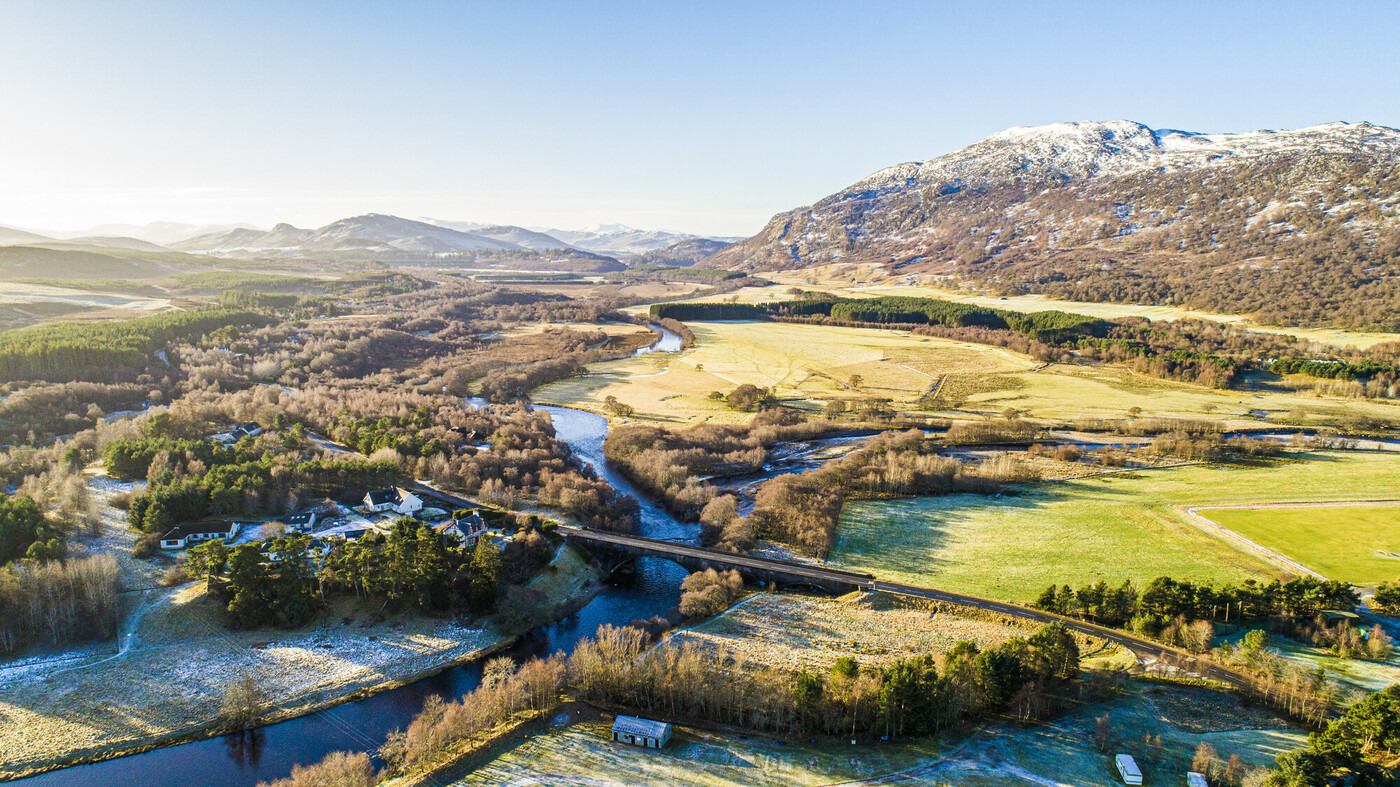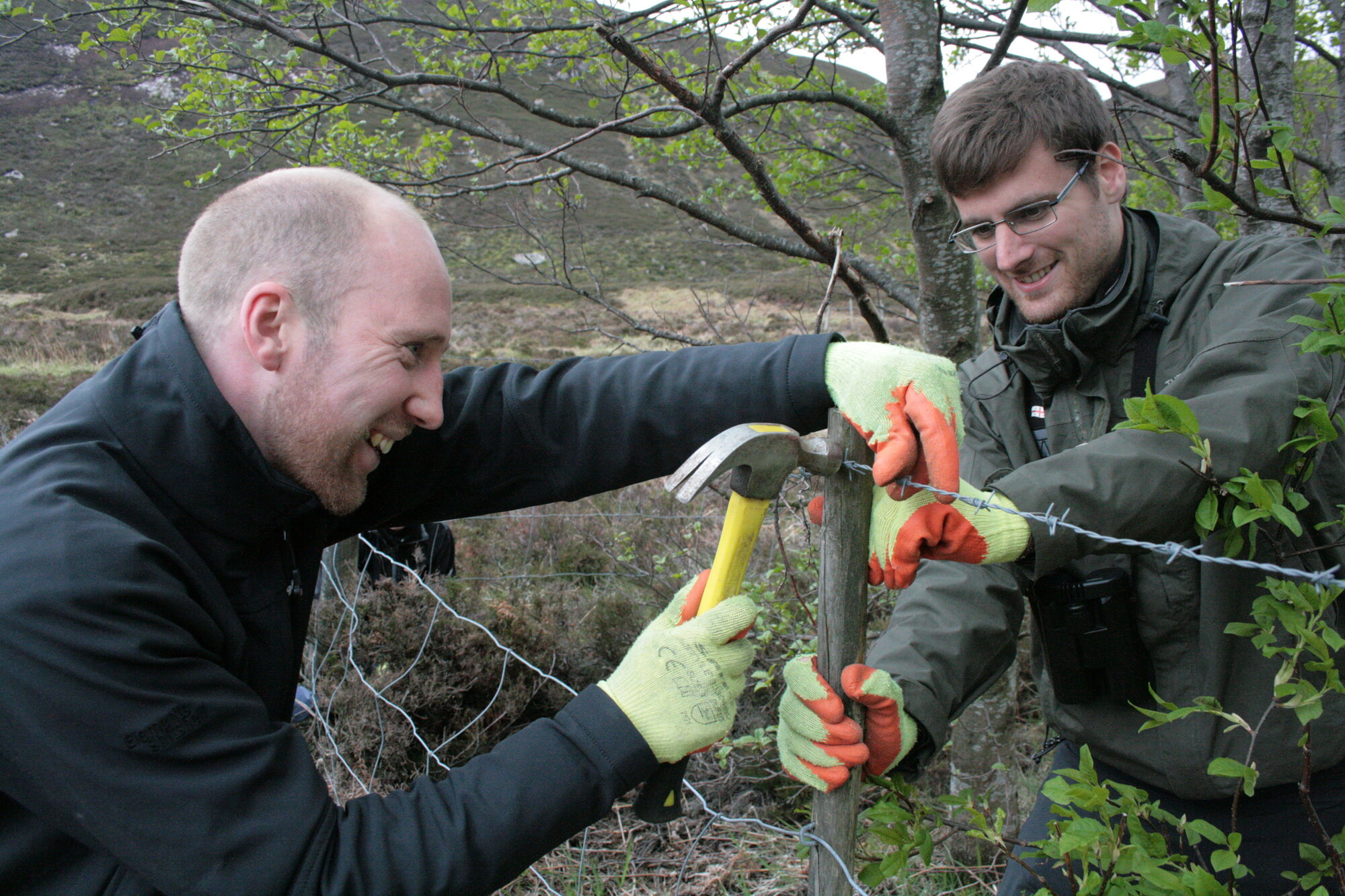30 by 30 biodiversity commitment consultation response
Matthew Bird Biodiversity Team Leader Natural Resources Division Scottish Government [email protected]
Dear Matthew
Cairngorms National Park Authority 14 The Square Grantown on Spey PH26 3HG
T: 01479 873 535
28 May 2024
Response to meeting our ‘30 by 30’ biodiversity commitment consultation.
Creating flexibility for designated sites
In our previous response to the Biodiversity Framework consultation on Nature Networks and 30 x 30 (December 2023), the Park Authority concluded that the vision for ‘…evolving, flexible and resilient Nature Networks allowing wildlife and natural processes to adapt…’ was at odds with the current designation system in the Cairngorms; and that the Park Authority would like to see a review of the designation system to allow for a more mobile and adaptive approach to protecting biodiversity which allows the necessary change in the landscape.
As such we very much welcome an approach that accounts for the functionality of landscapes and ecosystems as well as individual features. This is aligned with, and supports delivery of, the National Park Partnership Plan outcome for ‘A carbon negative and biodiversity rich National Park with better functioning, better connected and more resilient ecosystems’; and specific objectives for creating nature networks and increasing the area of land managed principally for ecosystem restoration.
In the Cairngorms National Park there several instances where the current approach to designated sites limits the ability to deliver the Cairngorms National Park Partnership Plan and the Scottish Biodiversity Strategy. For example, currently there is a requirement on some SSSIs or SACs to cut or burn naturally generating native trees when they grow on dry heath, and an inability to restore mountain woodland in SACs because some missing, ecologically significant tree species are not considered to be part of the qualifying features. In both these cases the
restrictions on adaptation brought about by a features-based approach is restricting the creation of nature networks and the restoration of functioning ecosystems.
An ecosystems-based approach that accommodates planned positive change and natural succession, with the option to add features as well as transitional habitats, would remove some of these barriers to ecosystem restoration and the creation of nature networks in the Cairngorms.
Proactive management of protected areas and other important areas for biodiversity
The Park Authority feels the legislation needs to reflect the urgent need to respond to chronic threats facing nature, including any historical ecological degradation that occurred long before designation.
The Park Authority considers that current management agreements and consent orders could be reinforced with greater powers. These would need to clearly demonstrate ecosystem function and nature-based solutions to climate change. In the Cairngorms, these should use the National Park Partnership Plan as a guiding document to help identify where they would have the most significant benefits, with the Park Authority taking an active role in any process.
The Park Authority agrees there should be a defined and transparent process, with management agreements and incentives to keep positive habitat management going. We think there is a need to provide more security through long-term financial support, rather than just providing advice on financial support. Specific time limits should consider timescales of restoration and the potential reversal of positive outcomes, particularly where public money is invested into delivering long term public benefit.
We strongly feel that interested parties must include communities and the benefits from restoration management include opportunities for community wealth-building.
Yours sincerely
Andy Ford Director of Nature & Climate Change




